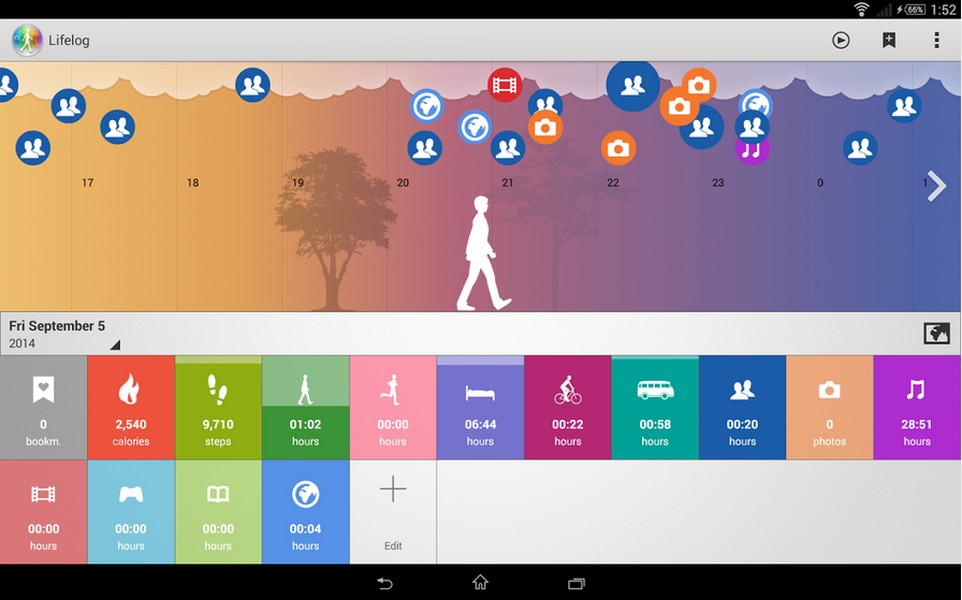

In addition, Lifelog can record the physical state of the human body with a smart band. Lifelog also has the function of transportation mode recognition. Move X provides the function for recording transportation modes and places users visit. The “Move X” 1 and “Lifelog” 2 applications are two examples of off-the-shelf Lifelog applications. In addition, user preferences contained in the Lifelog data can also be utilized for marketing and city development. Users can check the history of Lifelog to recall events, review the progress, and make self-improvement. Smartphone-based Lifelog automatically annotates the users’ daily experience by recording the location data, activities, and device operation history through multisensory streams in smartphones. With the increase of processing, communication, and sensing capabilities on smartphones, the development of the smartphone-based intelligent service is highly expected. The smartphone has become one of the most frequently used personal computing platforms. The proposed methods achieve 3.1-m accuracy in outdoor and average 2.2-m accuracy in indoor situations. Moreover, the developed indoor positioning method is used to determine the positions of calibration points automatically in an auto-calibration Wi-Fi positioning system. The developed system can be used for both outdoor and indoor scenarios. After that, the proposed system integrates activity information with PDR-based positioning results in a context-based map-matching framework. In the proposed system, a human activity recognition module is developed to extract location-related activities from multisensory streams of smartphones.

This paper proposes to detect location-related activities and use the activity information to improve positioning accuracy.

Accurate positioning under any situation is one of the most significant techniques for a desirable Lifelog. Smartphone-based Lifelog (automatically annotating the users’ daily experience from multisensory streams on smartphones) is in great need.


 0 kommentar(er)
0 kommentar(er)
